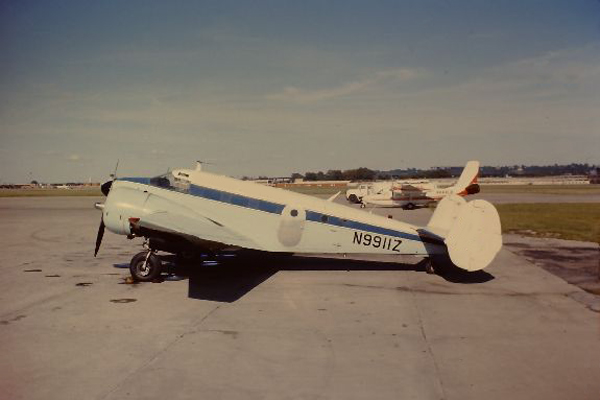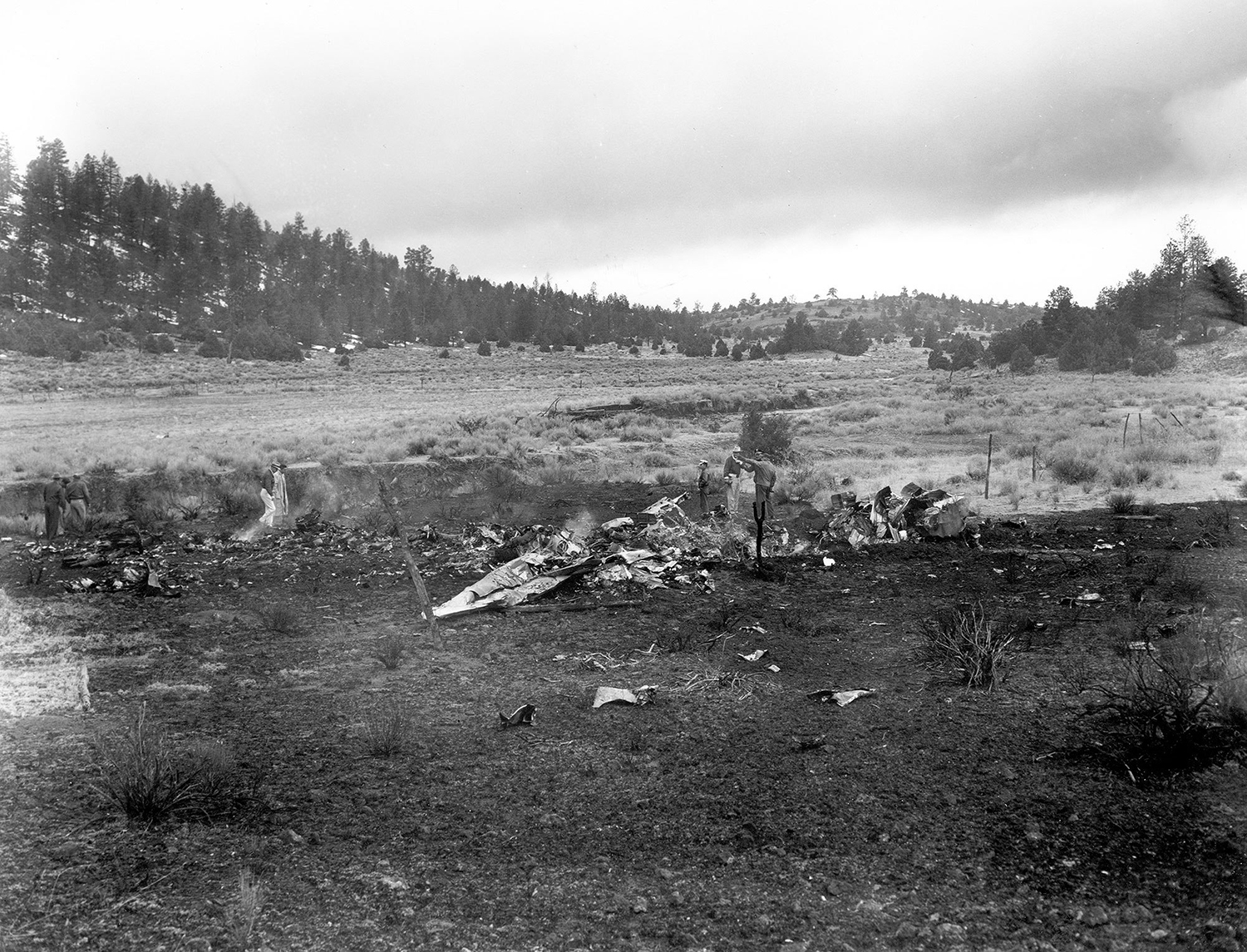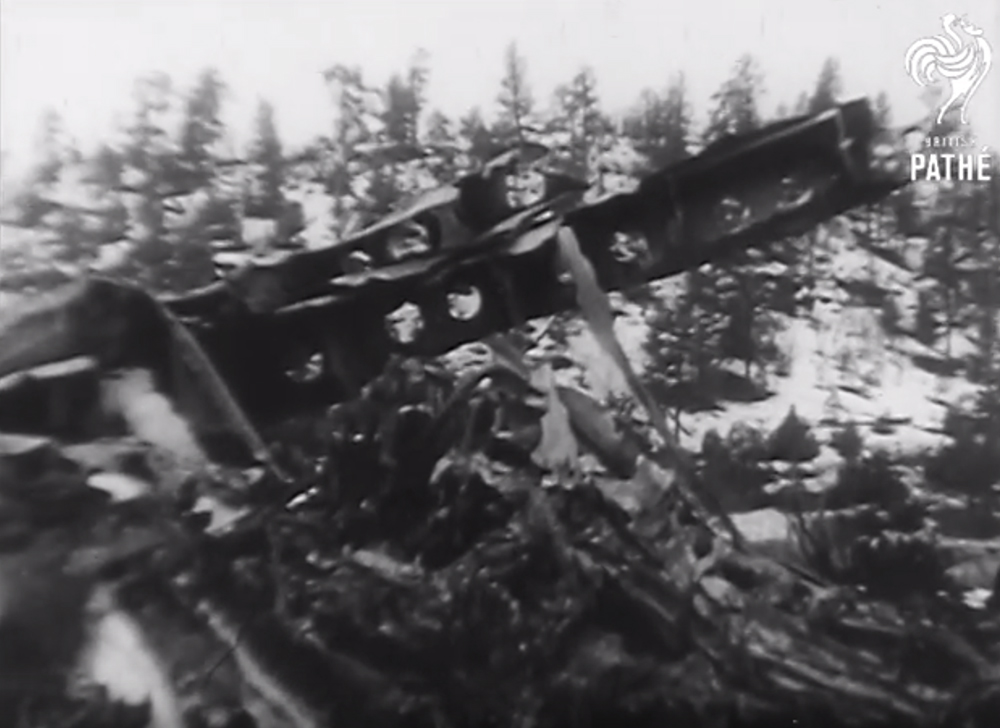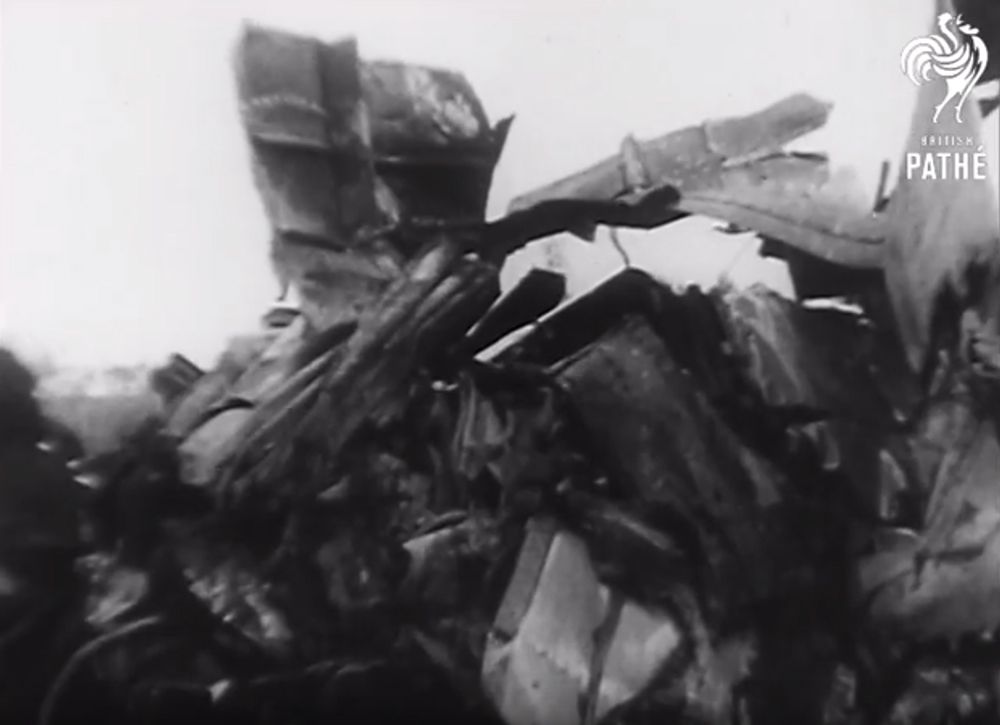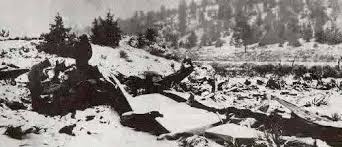Crash of a Piper PA-31-325 Navajo in Anthony: 6 killed
Date & Time:
Feb 11, 1977 at 1656 LT
Registration:
N59838
Survivors:
No
Schedule:
Aspen - Tulsa
MSN:
31-7612047
YOM:
1976
Crew on board:
1
Crew fatalities:
Pax on board:
5
Pax fatalities:
Other fatalities:
Total fatalities:
6
Circumstances:
while in cruising altitude in IFR weather conditions, the pilot lost control of the airplane that entered a dive. Both wings, engines and fuselage separated during the descent and the aircraft crashed in an open field. All six occupants were killed.
Probable cause:
Airframe failure in flight and uncontrolled descent after exceeded designed stress limits of aircraft. The following contributing factors were reported:
- Wings: spars,
- Fuselage: Other,
- Overload failure,
- Separation in flight,
- Snow,
- Attempted operation beyond experience/ability level,
- Control lost for undetermined reason,
- Pilot not multi-engine rated.
- Wings: spars,
- Fuselage: Other,
- Overload failure,
- Separation in flight,
- Snow,
- Attempted operation beyond experience/ability level,
- Control lost for undetermined reason,
- Pilot not multi-engine rated.
Final Report:

